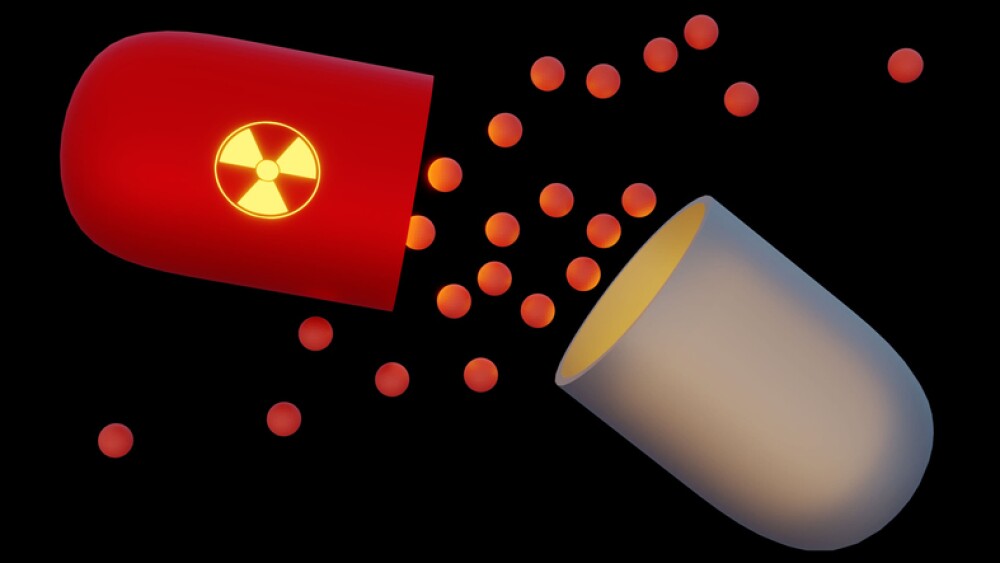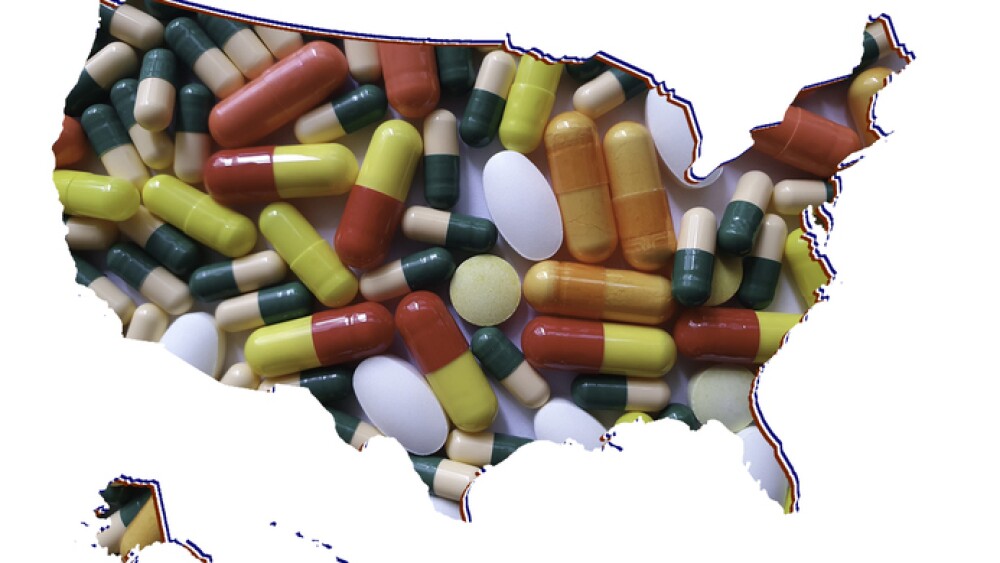American Cancer Society scientists highlight the importance of recognizing climate-related vulnerabilities and the need for drug supply chain transparency
ATLANTA, Aug. 20, 2025 /PRNewswire/ -- In 2024, Hurricane Helene triggered a nationwide shortage of the country's intravenous (IV) fluids after damaging a facility in North Carolina. A similar IV fluid shortage was caused when Hurricane Maria hit Puerto Rico in 2017. In a new, nationwide study led by the American Cancer Society (ACS), scientists found that nearly two-thirds of all pharmaceutical-producing facilities in the United States were located in a county that experienced at least one weather disaster declaration. These disasters, like hurricanes, wildfires, and floods, posed risks for disruptions to facilities active in all aspects of the drug supply chain. The study is published today in the Journal of the American Medical Association (JAMA).
"Drug shortages following weather disasters demonstrate how the pharmaceutical supply chain is not yet resilient to climate-related disruptions," said Dr. Leticia Nogueira, scientific director, health services research at the American Cancer Society, and senior author of the study. "A limited number of facilities may manufacture significant shares of key therapeutics. This could put many people in need of lifesaving drug treatment at risk of disruptions or delays in care."
Researchers analyzed archived versions of the U.S. Food and Drug Administration's (FDA) Establishments Current Registration Site to identify all U.S.-based drug production facilities that manufacture, prepare, propagate, compound, or process drugs distributed in the country from 2019 to 2024. Counties with a Presidential Disaster Declaration from 2019 through 2024 were identified from the Federal Emergency Management Agency (FEMA) disaster declaration database. Scientists included climate-related disaster events, specifically fires, hurricanes, storms, tornadoes, and floods. They calculated the number of facilities that were in counties impacted by disasters, by type of production activity, and by type of disaster over time.
Study results showed there were 10,861 drug production facilities active from 2019 through 2024, ranging from 5,063 in 2023 to 8,790 in 2020, when 3,860 facilities (43.9%) were in U.S. counties with at least one weather disaster declaration. Cumulatively, in the six-year period, there were 6,819 active facilities (62.8%) in counties when a disaster was declared, and an average of 2,146 active facilities (33.8%) annually over the study period. Facilities with all types of production activities were in counties with at least one disaster declaration between 2019 and 2024. Hurricanes were the most common climate-influenced disaster in counties with an active drug production facility, but all types of climate-related disasters impacted counties with active facilities during the study period. Moreover, there was no statistically significant difference in the likelihood that counties with and without drug production facilities experienced at least one disaster declaration, meaning that changing locations isn't a viable strategy for improving supply chain resilience.
"These findings underscore the importance of recognizing climate-related vulnerabilities and the urgent need for supply chain transparency that allows integration of disaster risk management strategies into strategic resource allocation throughout the pharmaceutical supply chain," added Nogueira. "Moving forward, threats must be examined and proactively mitigated to prevent critical health care disruptions."
"Life-saving cancer drugs, especially older generic sterile injectable drugs, have been in chronic shortages due to a combination of factors, including economic reasons and natural disasters. The American Cancer Society Cancer Action Network (ACS CAN), ACS's advocacy affiliate, has been working with lawmakers and federal agencies to address systemic vulnerabilities and create a more resilient system to ensure patients can access the medications they need without disruptions to their care. This study illustrates the need for redundancy in the drug supply chain," said Mark E. Fleury, PhD, Principal, Policy Development - Emerging Science at the American Cancer Society Cancer Action Network. "ACS CAN helps to lead a drug shortage task force that includes over 20 organizations working to create data-driven solutions to drug shortages."
Additional ACS Resources:
- Wildfires Pose Challenges to Cancer Care
- The Cancer Atlas: Climate Change
- Climate Change & Cancer Control
- Wildfire exposures & in-hospital stay following lung cancer surgery
About the American Cancer Society
The American Cancer Society is a leading cancer-fighting organization with a vision to end cancer as we know it, for everyone. For more than 110 years, we have been improving the lives of people with cancer and their families as the only organization combating cancer through advocacy, research, and patient support. We are committed to ensuring everyone has an opportunity to prevent, detect, treat, and survive cancer. To learn more, visit cancer.org or call our 24/7 helpline at 1-800-227-2345. Connect with us on Facebook, X, and Instagram.
![]() View original content to download multimedia:https://www.prnewswire.com/news-releases/weather-disasters-increase-risk-for-us-drug-supply-chain-disruption-new-acs-research-shows-302533159.html
View original content to download multimedia:https://www.prnewswire.com/news-releases/weather-disasters-increase-risk-for-us-drug-supply-chain-disruption-new-acs-research-shows-302533159.html
SOURCE American Cancer Society






